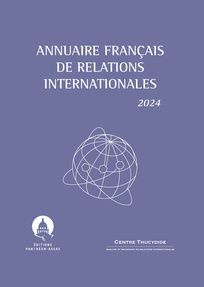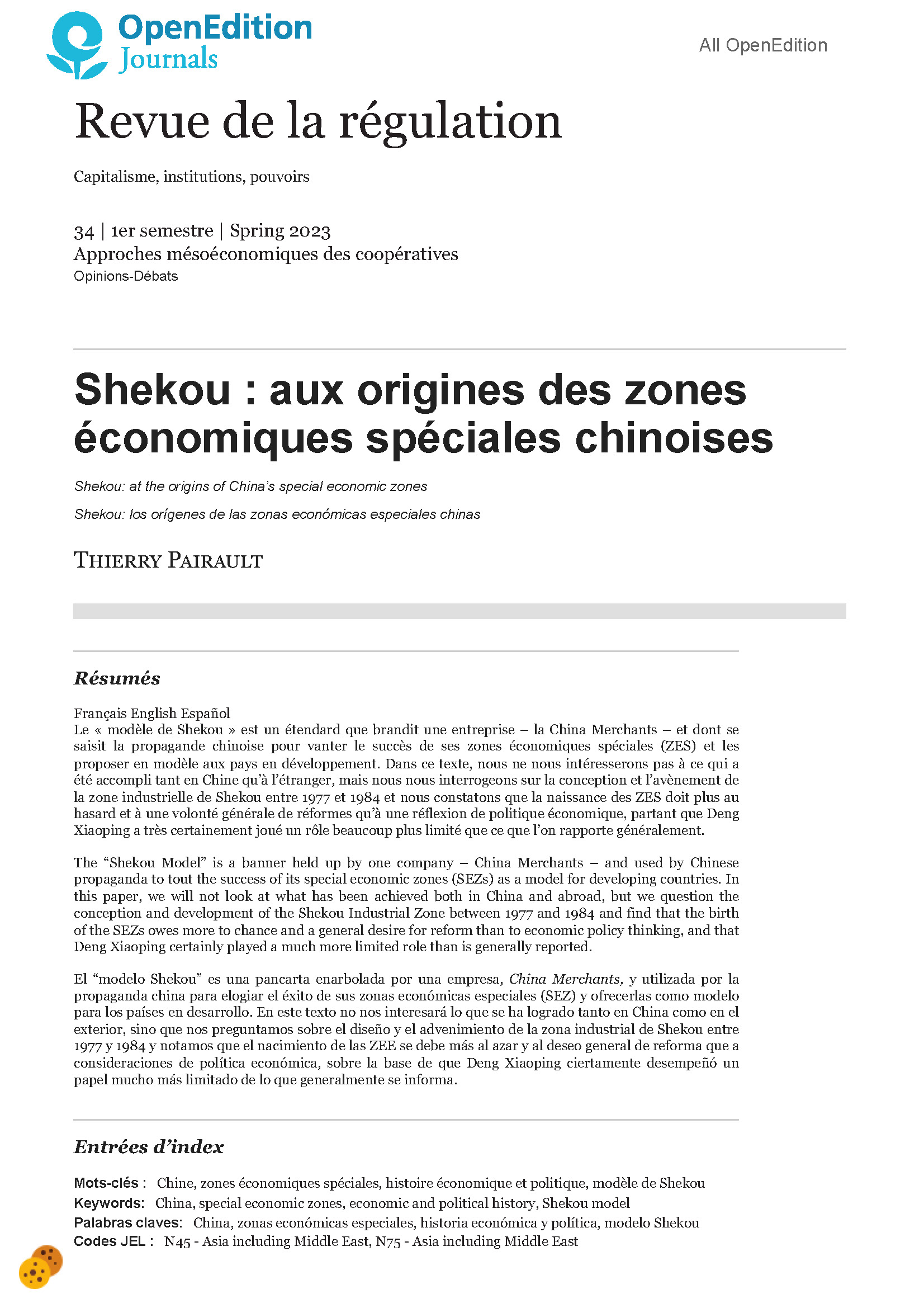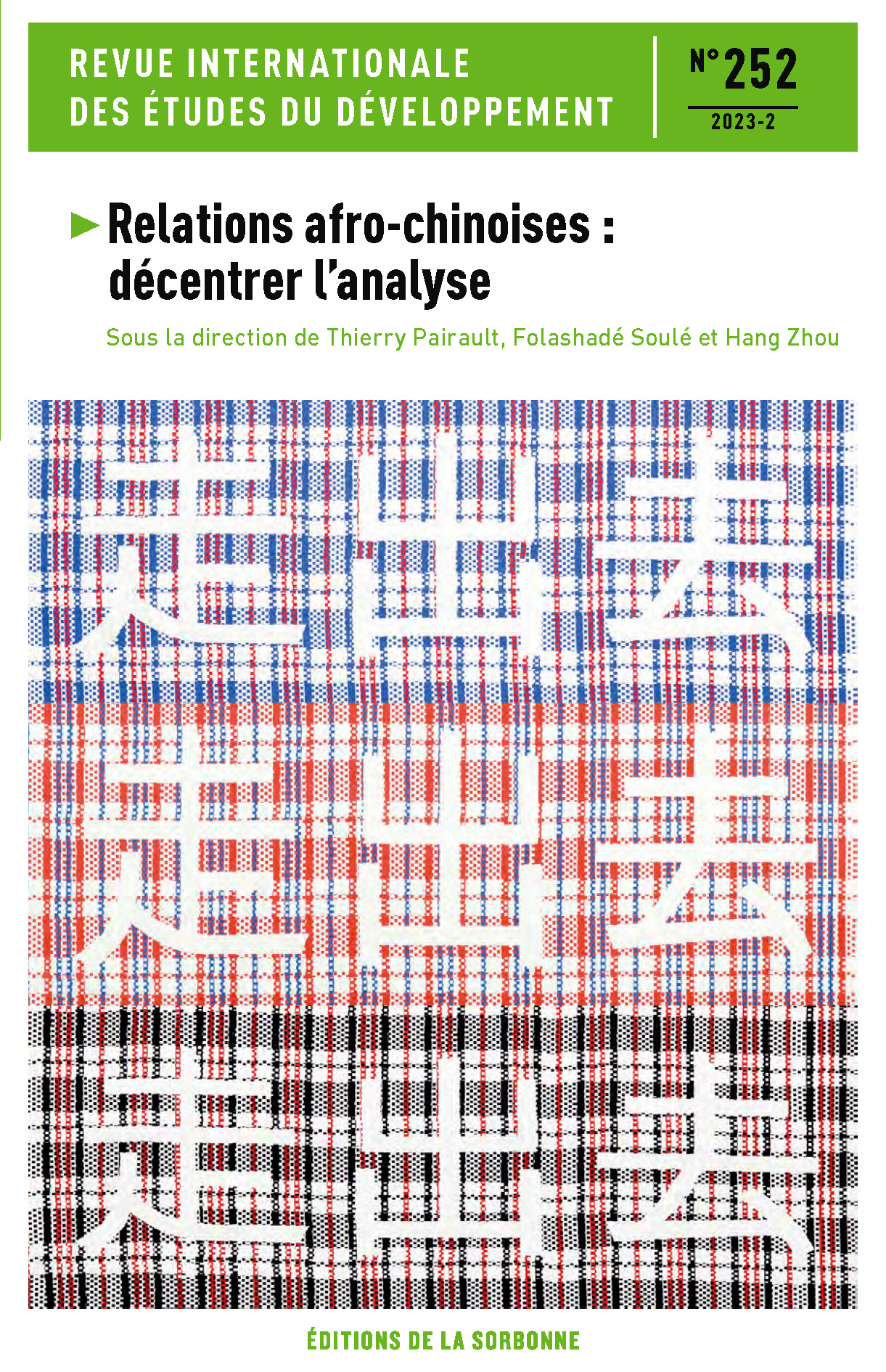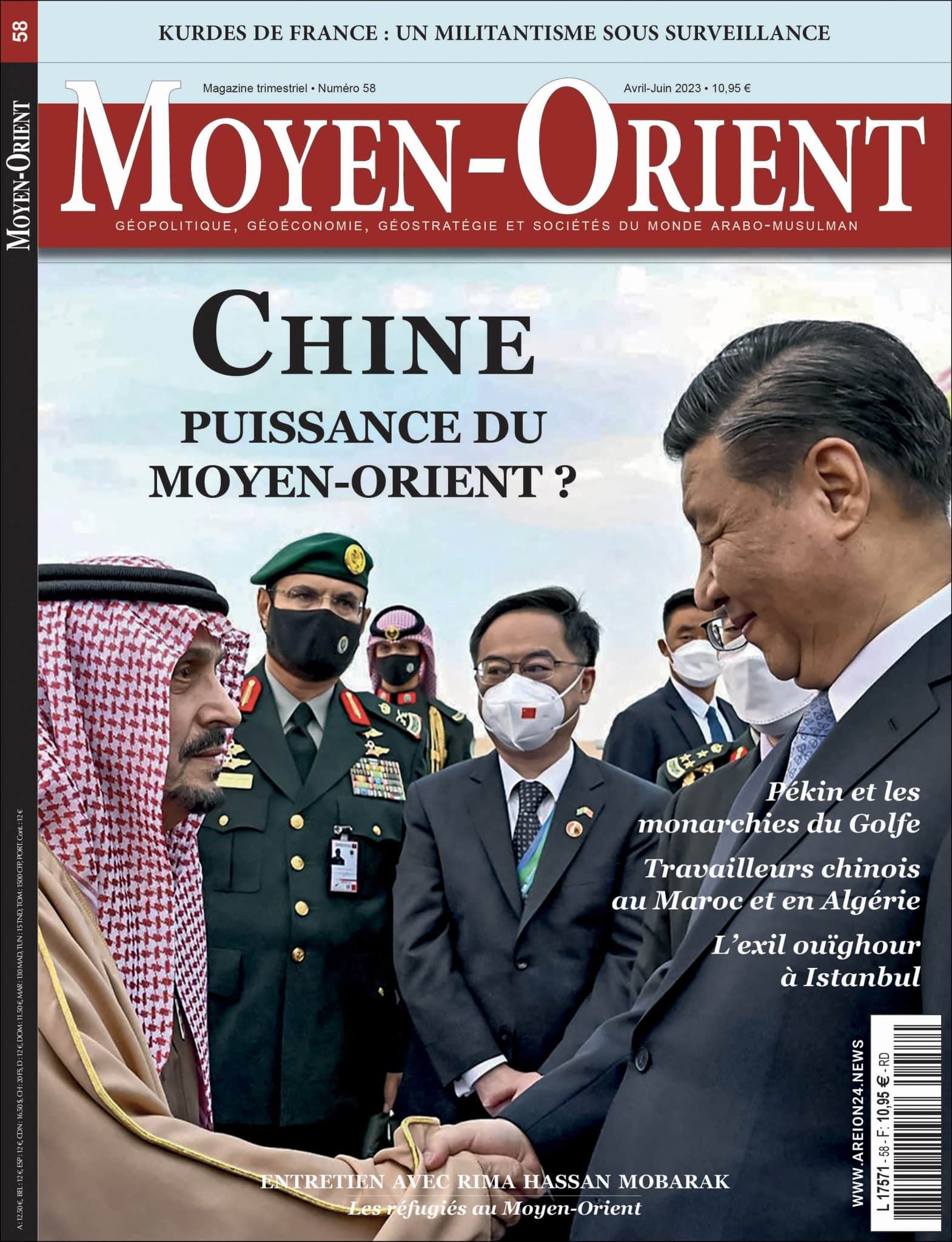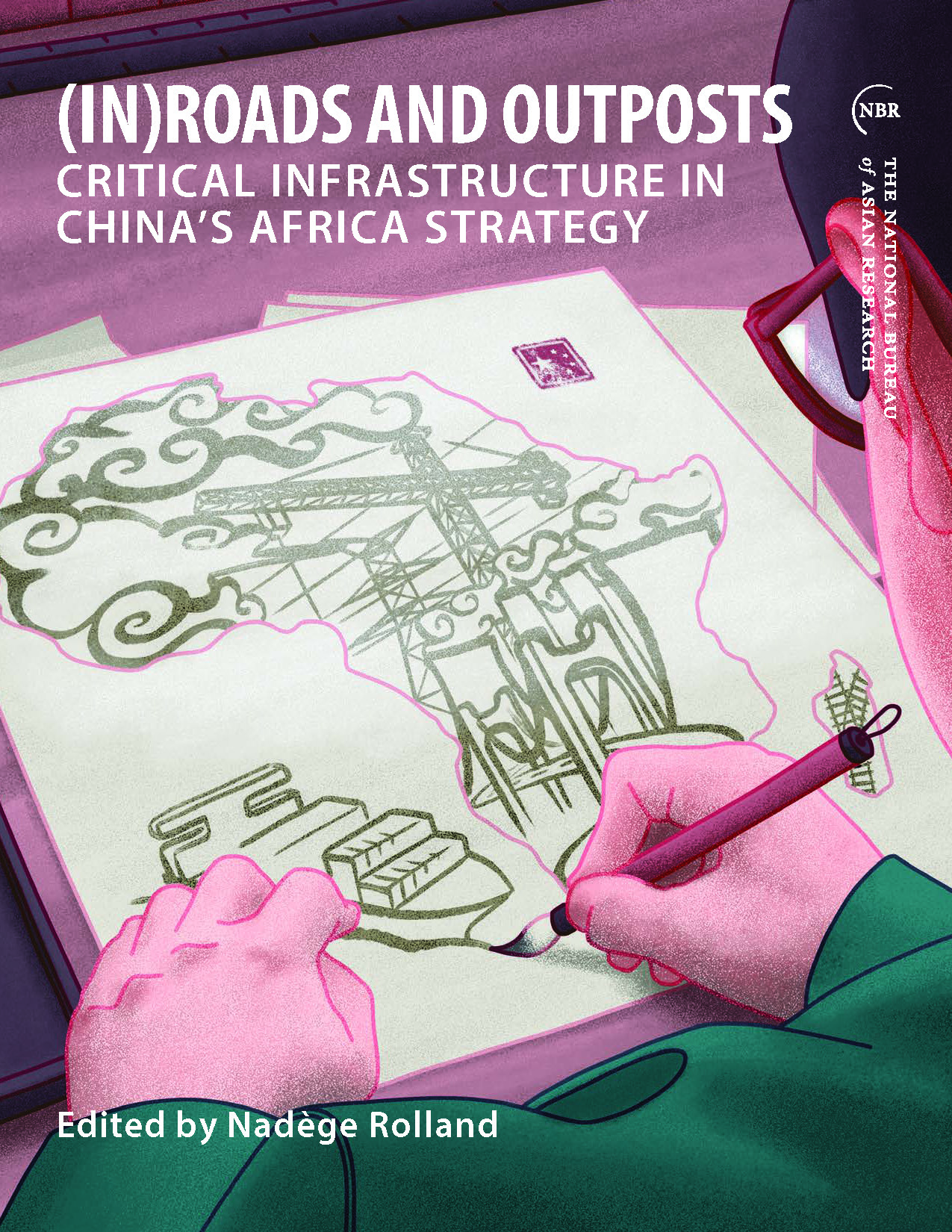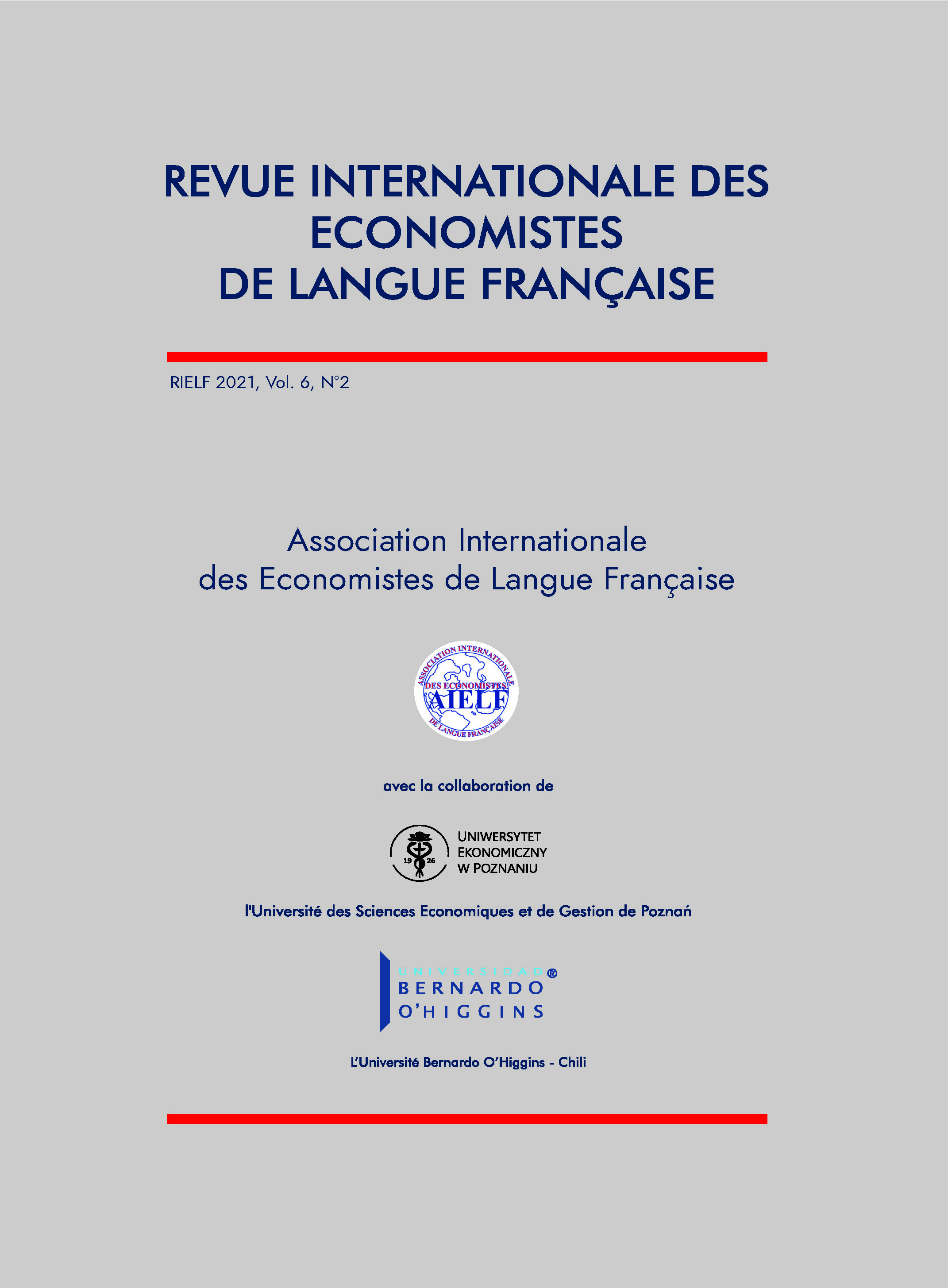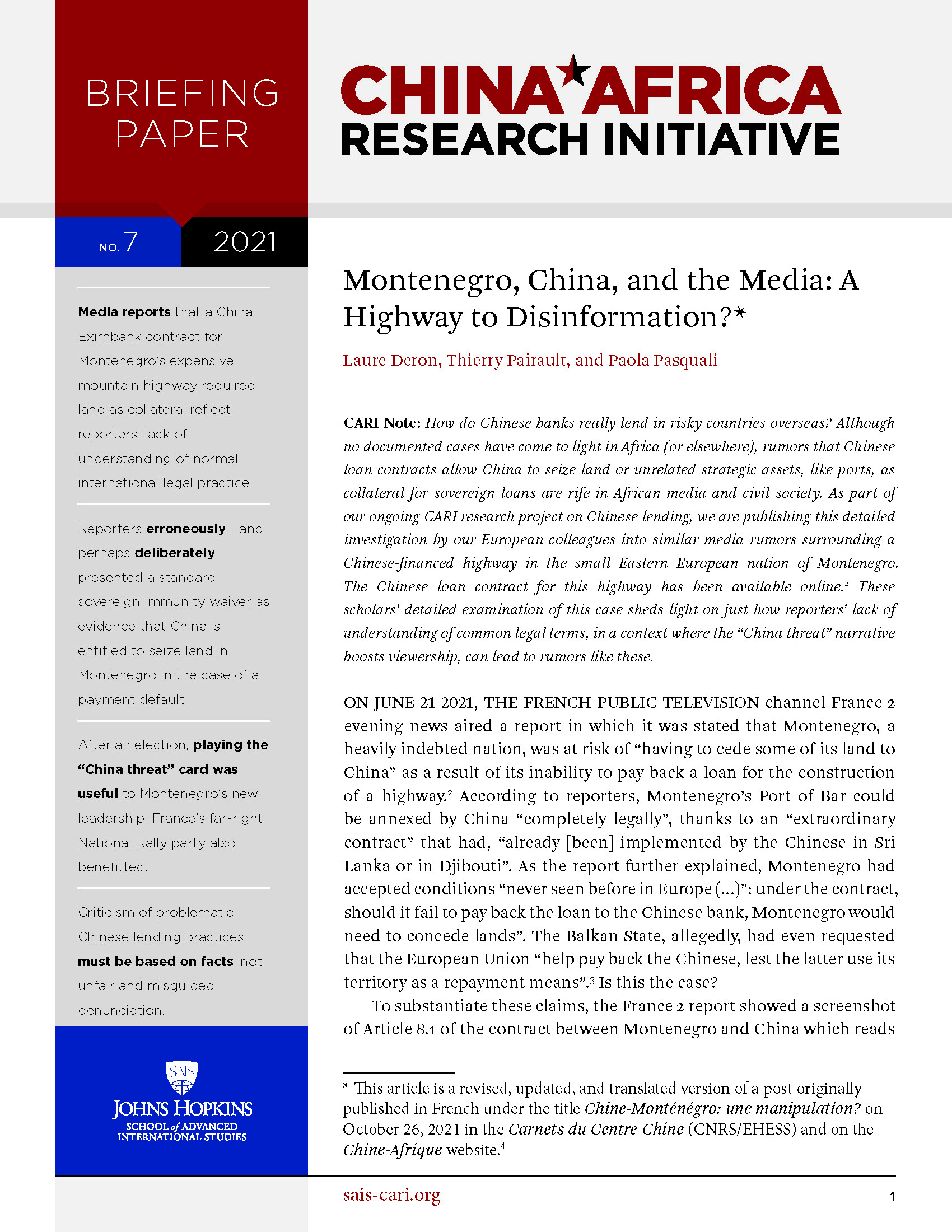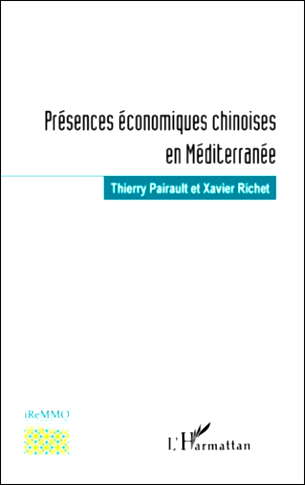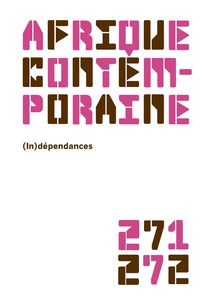Belt and Road Reboot: Beijing’s Bid to De-Risk Its Global Infrastructure Initiative
Bradley C. Parks et al.
AidData at William & Mary, 6 novembre 2023
Télécharger le rapport ici ![]()
Analyse de The China-Global South Project ![]()
China’s Belt and Road Initiative is evolving rapidly to take on debt, reputational, and ESG challenges that affected its first decade.
This is one of the findings of a landmark report from AidData, a research institute at the College of William and Mary. Based on a dataset of over 20,000 projects in 165 low and middle-income countries, the report finds that many perceptions of the BRI, including those driving competing initiatives like the Global Gateway and the Partnership for Global Infrastructure Investment are years out of date.
The report offers an eye-popping account of the scope of China’s international ambitions, showing that China lent $1.34 trillion from 2000 to 2021. 55% of BRI loans are now in their principal repayment period, a figure that will rise to 75% by 2030: "Beijing is navigating an unfamiliar and uncomfortable role as the world's largest official debt collector."
Key findings include:
- CHANGING LENDERS: Chinese policy banks like the China Exim Bank and China Development Bank were the key drivers of the earlier BRI. Now that they’re exposed to growing numbers of non-performing loans, their share of new lending has fallen to 22%, while the slack is being taken up by state-owned commercial banks like ICBC and Bank of China. China is also outsourcing risk management to Western banks like the International Finance Corporation, Standard Chartered, and the European Bank for Reconstruction and Development. More than half of China’s non-emergency loans to low and middle-income countries are now syndicated loans, and 80% of them are with syndicates of Western banks.
- LOAN COLLECTION: When it comes to being repaid, China isn’t messing around. 72% of its loans are now collateralized (up from 19% in 2000.) Reducing risk includes taking cash from borrowers’ escrow accounts without their approval: when a debt-distressed country falls behind on payments, Chinese policy banks “pay themselves” both the principal and interest payments by sucking currency out of the escrow accounts, in secret and without the oversight of domestic regulators. The borrower replenishing the escrow account is also an increasingly prominent condition for short-term liquidity support. These measures are aimed at making China the lender who is repaid first and could push Paris Club lenders and multilateral development banks to the back of the queue.
- LIQUIDITY SUPPORT: As China has faced drawn-out and contentious debt renegotiation processes with bankrupt countries, it is increasingly providing liquidity support lending to help them avoid defaulting. Rescue loans increased from 5% of China’s total lending to low and middle-income countries in 2013 to 58% in 2021. These come with higher interest rates and shorter repayment periods. In addition, China now charges steeper penalties for late repayments on Chinese loans, with some penalty interest rates rising to 8.7% by 2021.
- ESG: The talking point that all Chinese projects are weak on environmental, social, and governance (ESG) standards is years out of date. With the implementation of ESG guidelines, 57% of Chinese-financed projects in low and middle-income countries had strong de jure ESG implementation by 2021, up from about zero in 2000. Between 2018 and 2021, the ESG risk prevalence rate of Chinese projects fell by a third.
AidData On the Current State of the Belt & Road:
- DOWN BUT NOT OUT: "Contrary to the conventional wisdom, Beijing’s annual international development finance commitments have not plummeted to nearly zero. It remains the world’s single largest official source of international development finance."
- FUTURE PROOFING: "The G7 should not underestimate the ambition of China’s ongoing effort to future-proof its flagship, global infrastructure initiative. Beijing is focused on giving leaders in the developing world exactly what they want: rapid delivery of large-scale infrastructure projects without unreasonably high levels of ESG risk."
- GLOBAL COMPETITION: "[T]he G7 has underestimated Beijing’s level of ambition. In the short-run, it is firefighting, but it is also working behind the scenes to future-proof the BRI by putting in place stronger loan repayment and project implementation guardrails.”
- WHY IS THIS IMPORTANT? While BRI lending has retreated, the idea that it has fallen to zero is a myth. Lending to low and middle-income countries now stands at about $80 billion per year. While the report shows that the United States is catching up, it also shows that Western countermeasures are outdated. More importantly, it raises key dangers facing Global South borrowers: falling behind on Chinese loans may not lead to default, but it hazards burying these countries in compounded loans. Highly secretive escrow accounts also raise core questions about Global South agency in relation to Chinese lenders.

